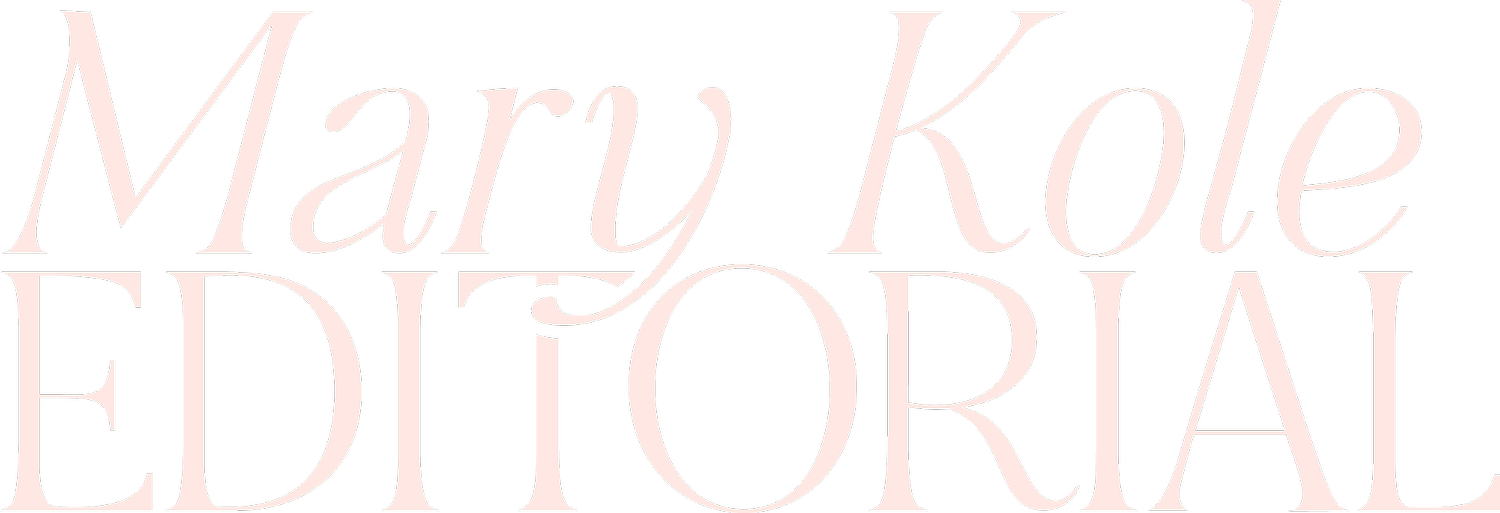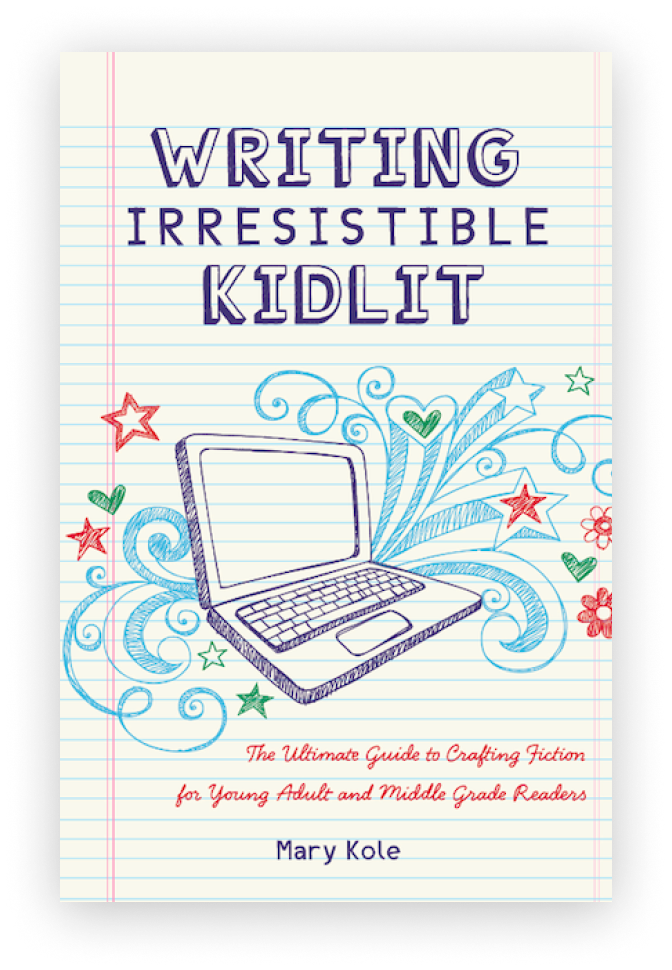Tips for Writing Your
Breakthrough Book
By Mary Kole
Mary Kole is a former literary agent, freelance editor, writing teacher, author of Writing Irresistible Kidlit, and IP developer for major publishers, with over a decade in the publishing industry.
Writers are always looking for tips for writing that make this endeavor easier and more fulfilling. I’ve been teaching writing and publishing for over a decade, and I can confidently say that there isn’t a magic bullet for writing the manuscript of your dreams. There are, however, actionable tips for writing that can get you working smarter, not harder, and more confidently toward your dreams. In fact, my recommended tips for writing have nothing to do with the actual manuscript—they’re the mental and emotional assets that can help any writer become stronger and more intentional in their work.
Tips for Writing: Dedicating Time
One of my most important tips for writing is developing a regular writing practice. Note that I didn’t say a daily writing practice. But you do need to set time aside for writing on a regular schedule if you want to move intentionally toward your goals. This can be difficult for some people, especially those who are juggling multiple projects or have other commitments (like a job or family), but writing is essential to being a writer. Did I just say the most obvious thing ever? Yes, I did, but you would be surprised by how many writers do everything but write. Sure, research, learning the market, and reading like a writer are important, but if you’re not writing, you need to be mindful whether you’re making excuses. I don’t believe in writer’s block, for example, and neither should you.
In terms of practical tips for writing that get you in the groove, I suggest choosing a specific time each day (or every few days) to sit and write without interruption. There are hundreds of productivity tools that can help you silence phone and Internet distractions in the meantime. If you’re going to commit, you need to make the most of the time you give yourself to write. Books like Charles Duhigg’s The Power of Habit and James Clear’s Atomic Habits can be very helpful in helping you make this change in your life.
Tips for Writing: Setting Yourself Up For Creativity
In addition to setting aside time for writing, it’s also important to create an environment that’s conducive to writing. This may mean setting up a dedicated workspace or finding a quiet spot where you can focus on your manuscript. Some writers thrive on silence (hello, noise-canceling headphones!) and some like the noise of a crowded café or busy library reading room. My tips for writing here depend on you being aware of your ideal working style. (And if you try something and it doesn’t work, don’t give up. Try something else.)
You should also take care of yourself by making sure you are well-rested and hydrated before beginning your writing practice, if possible. And while it’s very important to write during your writing time, you should also work to nourish your creative self. (If you have no idea where to begin with that or have trouble thinking of yourself as a creative person, I highly recommend Julia Cameron’s The Artist’s Way.)
A lot of your writing will actually happen off the page, especially when you’re self-editing. Showers, drives, long walks, and other mechanical activities can help you tap into your subconscious and make connections you never would’ve otherwise seen. Keep a journal nearby and be ready to jot down ideas. The more ideas you generate, the more open you’ll be to other ideas.
Tips for Writing: Explore Software
You should also know that you’re not in it alone. This list of tips for writers wouldn’t be complete without some recommendations from the software and AI space. (And if you’re worried whether AI will replace creative writing, I have some reassuring thoughts on that, too.)
There are many helpful tools available for writers that can aid your writing practice and allow you to focus on your creative work. Grammarly is an excellent tool for proofreading content quickly and easily. You can add it to any writing environment easily. AutoCrit helps you analyze a book-length work and learn about your writing patterns. Dragon Dictation helps convert speech into text, if you “write” better by speaking and pacing around (as many writers do). FocusWriter is great for blocking out distractions while working. Trello keeps tasks organized visually, so you can track your progress. Plottr is a tool that helps you develop timelines and outlines. ProWritingAid offers comprehensive feedback on grammar, spelling, style, etc. (I have used almost all of these tools myself, and I get no financial incentive for recommending them here. I just think they’re pretty great, even if they’re not a replacement for learning self-editing, a critique group, or working with a human freelance editor.)
Writing a list of tips for writers is very tough, because there’s so much to say about the process of writing a book. That’s why, here, I decided to focus on holistic advice for the writer (and the writer’s set-up), because these ideas carry with you on your writing journey from project to project. The writing life is a journey, and I hope you’re now better poised to enjoy the ride.
For those eagle-eyed readers who are wondering just what kind of editor would write an article with the clunky phrasing of “tips for writing” over and over on her website, I applaud you for noticing that this reads awkwardly. Please note that I picked this keyword phrase on purpose, as part of my SEO (search engine optimization) strategy. If you’re curious about writer marketing techniques, check out Good Story Marketing. This post contains affiliate links.

Click here to purchase Writing Irresistible Kidlit, my book on fiction craft for MG and YA novels, out from Writer's Digest Books. This will show you my writing craft philosophy and give you lots of valuable advice, including tips for the novel revision process and self-editing. There are over 35 example novels cited and discussed throughout. It’s a valuable resource for any writer’s toolkit.
Click here to purchase Irresistible Query Letters, my book on query letters, including over forty examples with comprehensive notes on each one. There’s a ton of submission advice, best practices, and insider information in these pages, and you’ll really enjoy seeing what other writers are doing in the slush.
Click here to purchase Writing Interiority: Crafting Irresistible Characters, my book on interiority and character creation. Explore your protagonist’s thoughts, feelings, reactions and interpretations, expectations, and inner struggles to create a rich, immersive experience. This guide will empower you to create characters who live and breathe on the page, fostering an unbreakable bond with your audience.





